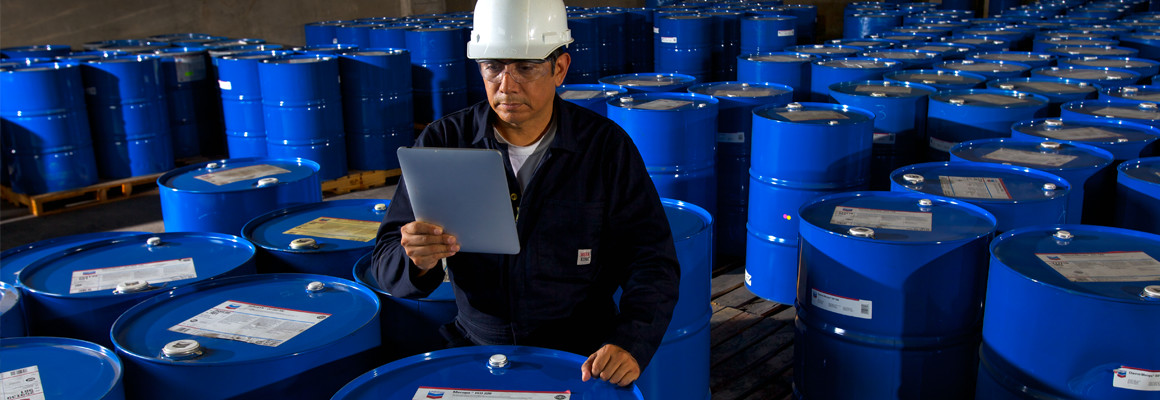what's in a barrel of oil?

To some, a barrel of crude may look like a gooey liquid who’s only redeeming virtue is to be eventually refined into gasoline.
Researchers broke down a typical barrel of domestic crude oil into what may be produced. By the way, the average domestic crude oil has a gravity of 32 degrees and weighs 7.21 pounds per gallon.
Here’s what just one barrel of crude oil can produce:
- Enough liquefied gases (such as propane) to fill 12 small (14.1 ounce) cylinders for home, camping or workshop use.
- Enough gasoline to drive a medium-sized car (17 miles per gallon) over 280 miles.
- Asphalt to make about one gallon of tar for patching roofs or streets.
- Lubricants to make about a quart of motor oil.
- Enough distillate fuel to drive a large truck (five miles per gallon) for almost 40 miles. If jet fuel fraction is included, that same truck can run nearly 50 miles.
- Nearly 70 kilowatt hours of electricity at a power plant generated by residual fuel.
- About four pounds of charcoal briquettes.
- Wax for 170 birthday candles or 27 wax crayons.
There are enough petrochemicals left in that same barrel to provide the base for one of the following:
A petri dish with domestic crude oil being poured into it
- 39 polyester shirts
- 750 pocket combs
- 540 toothbrushes
- 65 plastic dustpans
- 23 hula hoops
- 65 plastic drinking cups
- 195 one-cup measuring cups
- 11 plastic telephone housings
- 135 four-inch rubber balls
The lighter materials in a barrel are used mainly for paint thinners and dry-cleaning solvents and they can make nearly a quart of one of these products. The miscellaneous fraction of what is left still contains enough by-products to be used in medicinal oils, still gas, road oil and plant condensates – a real industrial horn of plenty.